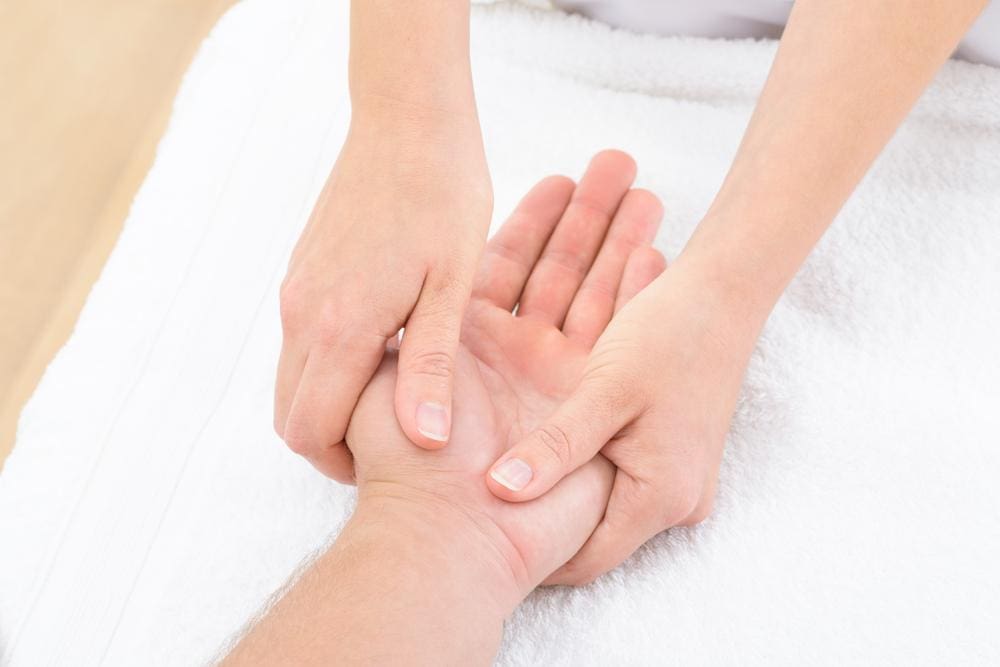
Dystonia is a neurological movement disorder that triggers the body’s muscles to contract involuntarily. People with dystonia experience repetitive or twisting motions they can’t control. The condition can be painful and interferes with a person’s daily quality of life.
Medical experts are not sure of the exact cause of dystonia. They’ve linked it to medications, heredity, and trauma. It might also occur because of abnormalities or damage in the neurological system.
There's no cure for dystonia. Most people undergo various treatments, many of which do not offer permanent or long-term solutions. Chiropractic care brings the body into balance and provides a solution for dealing with the discomfort, pain, and movements of dystonia.
There is no known cause of dystonia. But it might involve changes in communication between nerve cells in several brain regions. Some forms are genetic in nature.
Dystonia can also be a symptom of another condition, including:
Dystonia affects people in different ways. Muscle spasms might:
Dystonia might affect one part of your body (focal dystonia), two or more parts (segmental dystonia), or all body parts (general dystonia). Spasms can range from mild to severe.
Different types of dystonia affect different parts of the body, including:
There are several options for treating dystonia. For example:
Botulinum toxin injections, including Botox, can reduce or stop your muscle spasms. Injections are not permanent. You’ll likely need a shot every few months to keep symptoms at bay.
Side effects of injections for treating dystonia include:
Other medications target your brain’s neurotransmitters. These medications include:
Non-drug interventions for treating dystonia include:
In some cases, but only when symptoms are severe, surgery might help. Surgical treatments for dystonia include:
Depending on the part of the body affected by dystonia, it can negatively impact posture. This is especially true for cervical (neck) dystonia. In general, it’s difficult for people dealing with the discomfort of dystonia and muscle spasms to practice good posture.

Often, bad posture results from someone trying to avoid the dystonia triggers. What they’re doing can control spasms but cause stress to the spine.
For example, people with dystonia have poor posture to avoid standing or sitting in a position that triggers spasms. This can also lead to spinal subluxations and pinched nerves.
Chiropractic care is one of the most effective tools for treating dystonia.
The condition affects the spine. Chiropractic care includes many different tools and exercises for treating dystonia and, overall, restoring spinal health using:
Patients experience relief in as little as three sessions with a chiropractor. For many people, the benefits are long-lasting. Chiropractic care might also prevent cervical dystonia. Chiropractic care is safe for treating people of all ages experiencing dystonia.

According to one study:
“… Advanced Biostructural Therapy and Atlas Coccygeal chiropractic techniques for management of cervical dystonia (resulted in) … Substantial reduction in the cervical dystonia rating scale.”
In this case, other “standard” medical interventions had failed.
In another study, a 14-year-old girl suffering from head tilt to the right accompanied by neck pain underwent chiropractic treatment following botulinum injections and other medical treatments. Her initial week of treatment resulted in significant relief of her pain. Further treatment resulted in the following:
Chiropractic care is all-natural and safe. It provides an alternative to invasive treatments such as injections or surgery often recommended for treating dystonia. It’s also an option for those who have tried other medical treatments and failed.
For example, using botulinum toxin injections, dystonia that affects the hands can be challenging to treat. In these cases, chiropractic care, including spinal manipulation and adjustments to hand muscles and ligaments may help to address hand dystonia.
Dystonia causes spastic, sometimes drastic movements. It can include twisting motions that affect posture and cause pain. For some people, the condition is debilitating. Dystonia can affect anyone of any age or gender.
Although some people live with the effects of dystonia, others must seek medical treatment because their condition is chronic and painful. Chiropractic care can be used alone or in conjunction with other therapies for treating dystonia.

© Accident Care Chiropractic | Hablamos Español
Located in: North Portland, NE Portland, SE Portland, Gresham, Clackamas, Oregon City, Hillsboro, Bethany, Beaverton, Tigard, Forest Grove, Woodburn,
McMinnville, Keizer, Salem, South Salem, Bend, Vancouver, Hazel Dell, East Vancouver, Pasco, Kennewick, Lakewood.
We Specialize in Car Accident Treatment & Recovery
Home | About Us | Testimonials | Blog | Sitemap | Privacy Policy | Services | Locations | Contact Us